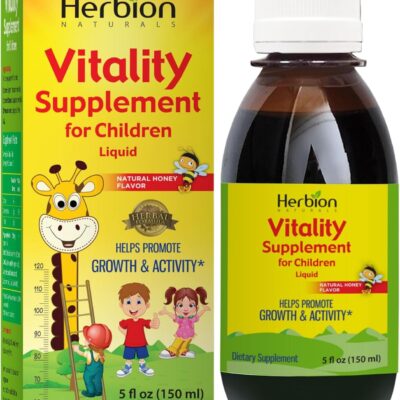Avoiding sugar isn’t necessary, but monitoring and moderation are essential.

Optimal Daily Sugar Consumption Identifying the right amount of sugar to consume everyday is vital for keeping up with ideal wellbeing and health Understanding what constitutes a healthy sugar intake is essential in a world sweetened by various sugar types.
Understanding Sugar and Its Impact
Sugar, while providing a quick energy boost, can also lead to health issues if consumed excessively. Many diets advocate reducing sugar and carbohydrates, yet it’s essential to differentiate between natural sugars found in fruits (fructose) and dairy products (lactose) and added sugars included during food processing or preparation, such as honey in cereal.
Ideal Daily Sugar Intake
In the United States, the average individual consumes approximately 17 teaspoons of added sugar daily, surpassing the recommended limits. This
While there are no definitive guidelines for naturally occurring sugars, clear recommendations exist for added sugars. The Dietary Guidelines for Americans advise adults to limit added sugar to no more than 10% of total caloric intake. A 2,000-calorie diet means no more than 12 teaspoons (50 grams) daily. The American Heart Association suggests even lower intake, recommending adults limit added sugar to just 6% of their total daily calories, roughly 6-9 teaspoons (about 30 grams).
Children have different requirements, with recommendations stating that those under two years should avoid added sugars entirely and those older should limit their All out sugar: Include intake to something like six teaspoons (25 grams).intake to no more than six teaspoons (25 grams) daily.
Deciphering Nutrition Labels for Sugar Content
When shopping, understanding nutrition labels can help manage sugar intake effectively:
- Complete sugar: Incorporates both regular and added sugars.
- Added sugars: This figure should be lower than the total sugars; a higher number indicates higher added sugar content.
The Health Implications of Excessive Sugar Consumption
Consuming sugar in moderation is acceptable; however, high admission can prompt expanded calorie utilization and related medical problems like hypertension, coronary illness, intake can lead to increased calorie consumption and related health issues such as hypertension, heart disease, sleep apnea, osteoarthritis, chronic pain, cancer, and, notably, dental caries (tooth decay).
Heart Disease and Sugar
Linkages between added sugar intake and cardiovascular disease risk exist, though not all studies conclusively show added sugars as a direct cause. Observational studies suggest a relationship, yet more research is needed for definitive evidence.
Sugar’s Role in Diabetes and Liver Disease
Optimal Daily Sugar Consumption; While traditional beliefs associate sugar with the onset of type 2 diabetes, added sugars alone are not considered a primary risk factor. Factors such as genetics and lifestyle play a more significant role. However, sugary drinks have been linked to an increased risk of type 2 diabetes.
Non-alcoholic fatty liver disease (NAFLD) has been associated with high-added fructose consumption, mainly from sugar-sweetened beverages, though again, definitive causation has not been proven.
Managing Sugar Intake Effectively
To manage your sugar intake, identify high-sugar foods and consider lower-sugar alternatives. Here are some tips:
- Opt for less or no sweetener in coffee.
- Choose low-sugar drinks like water, unsweetened tea, or sparkling water.
- Include diverse foods rich in fiber, protein, and healthy fats to reduce sugar cravings.
- I prefer snacks like whole fruits, nuts, and vegetables over processed high-sugar options.
- Whenever possible, choose products without added sugars and add natural sweeteners if needed.
Conclusion: Achieving Sugar Balance
When considering “How Much Sugar Should You Eat In a Day?” focus on minimizing added sugars and opting for natural sugars in whole foods, which also offer essential nutrients like fiber. Aim to keep your sugar intake between 6-10% of your caloric intake to maintain good health and reduce disease risk.





